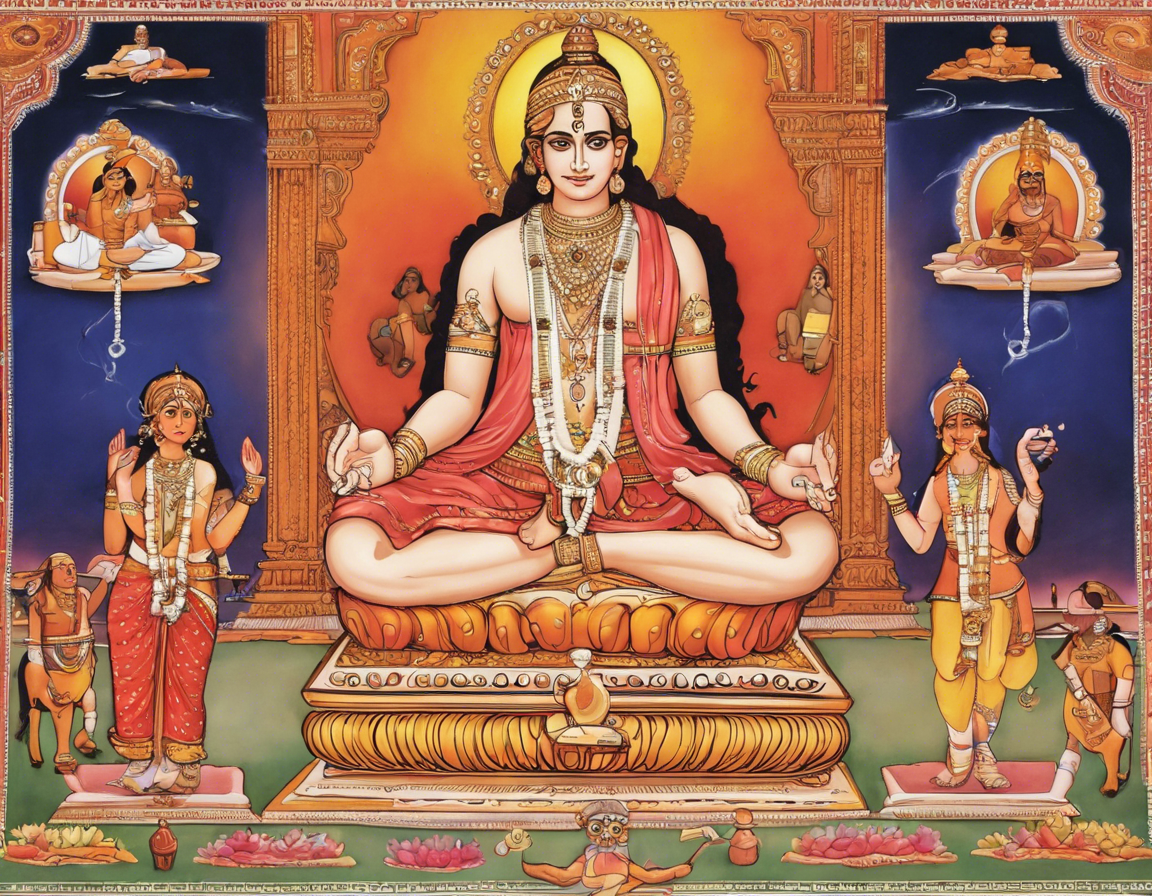Sanatani is a term derived from the Sanskrit word “Sanatana,” meaning eternal or perpetual. In Hindi, Sanatani refers to someone who adheres to Sanatana Dharma, also known as Hinduism. Sanatana Dharma is a way of life or a set of religious and spiritual principles followed by over a billion people worldwide.
Origins of Sanatana Dharma
The term Sanatana Dharma implies the eternal nature of the teachings and principles that form the basis of Hinduism. It is not just a religion but a way of life encompassing morality, duty, and righteousness. Hinduism’s origins can be traced back thousands of years, making it one of the world’s oldest religions.
Core Beliefs of Sanatana Dharma
Sanatana Dharma encompasses a wide range of beliefs and practices, including the concepts of karma (the law of cause and effect), dharma (duty/righteousness), reincarnation, and moksha (liberation from the cycle of birth and death). Hindus believe in the existence of one Supreme Reality, known as Brahman, which manifests in various forms and deities. The sacred texts of Hinduism, such as the Vedas, Upanishads, Bhagavad Gita, and Ramayana, provide guidance on spiritual growth and ethical living.
Practices and Rituals
Sanatana Dharma emphasizes the performance of rituals, prayers, and ceremonies as a means to connect with the divine and seek spiritual upliftment. These practices vary across regions and sects but often include puja (worship), yajna (fire ceremonies), meditation, and festivals celebrating the divine events of gods and goddesses.
Philosophical Schools
Hinduism is renowned for its diverse philosophical schools, such as Advaita Vedanta, Dvaita Vedanta, Nyaya, Vaisheshika, Sankhya, and Yoga. Each school offers a unique perspective on the nature of reality, the self, and the ultimate goal of human life. These philosophies provide seekers with different paths to spiritual realization based on their inclinations and beliefs.
Diversity and Inclusivity
One of the remarkable aspects of Sanatana Dharma is its inclusive nature. Hinduism accommodates a wide spectrum of beliefs, practices, and deities, allowing individuals to choose their path to spiritual growth. It respects diversity and encourages seekers to explore various approaches to connect with the divine.
Modern Relevance
In contemporary times, the principles of Sanatana Dharma continue to inspire people worldwide to lead a meaningful and ethical life. The emphasis on self-realization, compassion, service to others, and harmony with nature resonates with individuals seeking a deeper understanding of themselves and their interconnectedness with the universe.
FAQs about Sanatana Dharma
Q: Is Sanatana Dharma the same as Hinduism?
A: Yes, Sanatana Dharma is another term for Hinduism, reflecting its eternal principles and practices.
Q: What are the key scriptures of Sanatana Dharma?
A: The Vedas, Upanishads, Bhagavad Gita, Ramayana, and Mahabharata are among the essential texts of Hinduism.
Q: Are there different sects within Sanatana Dharma?
A: Yes, Hinduism comprises various sects and traditions, including Vaishnavism, Shaivism, Shaktism, and Smartism.
Q: What is the significance of rituals in Sanatana Dharma?
A: Rituals serve as a means to express devotion, seek blessings, and purify the mind and body in Hinduism.
Q: How does Sanatana Dharma view other religions?
A: Hinduism promotes tolerance, respect, and harmony towards other faiths, recognizing the diverse paths to spiritual realization.
Q: Can anyone follow Sanatana Dharma, regardless of their background?
A: Yes, Sanatana Dharma welcomes individuals from all walks of life to explore its teachings and practices.
Q: What is the ultimate goal of a follower of Sanatana Dharma?
A: The ultimate goal is to attain liberation (moksha) from the cycle of birth and death and realize one’s true nature as divine.
Q: How does yoga relate to Sanatana Dharma?
A: Yoga is a spiritual practice that aligns body, mind, and spirit, originating from the philosophies of Sanatana Dharma.
Q: Are there specific dietary restrictions in Sanatana Dharma?
A: Some sects follow dietary guidelines such as vegetarianism, while others may have additional restrictions based on their beliefs.
Q: How can one learn more about Sanatana Dharma?
A: Studying sacred texts, visiting temples, attending spiritual discourses, and engaging with knowledgeable teachers are ways to deepen one’s understanding of Sanatana Dharma.
In conclusion, Sanatana Dharma represents a rich tapestry of beliefs, practices, and philosophies that have endured for millennia. It offers a holistic approach to life, emphasizing spiritual growth, ethical conduct, and the pursuit of ultimate truth. By embracing diversity, inclusivity, and the eternal principles of righteousness and duty, Sanatana Dharma continues to inspire individuals worldwide on their quest for self-realization and inner peace.
